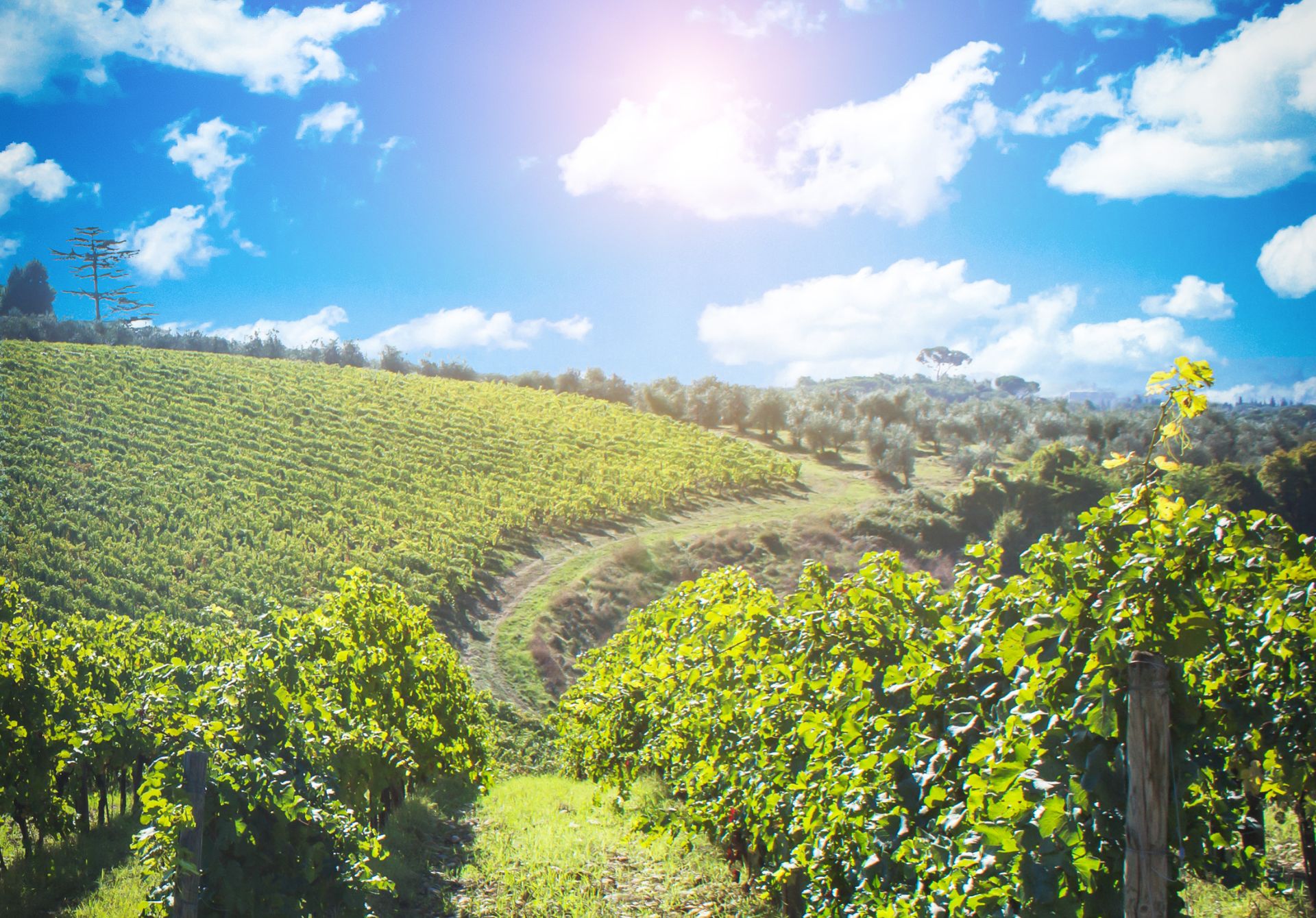Nestled between the provinces of Florence and Siena, the Chianti region represents more than just a geographical location—it’s a living, breathing testament to Tuscan heritage. Stretching across approximately 300 square kilometers of rolling hills, dense forests, and meticulously cultivated vineyards, this landscape has been shaped by centuries of human interaction with the natural environment.
The region’s topography is characterized by its distinctive undulating terrain, with elevations ranging from 250 to 600 meters above sea level. This unique geographical configuration creates microclimates that are instrumental in producing some of the world’s most renowned wines.
The Legendary Chianti Wine: More Than Just a Beverage
Historical Origins and Classification
The Chianti wine has a storied history dating back to the 13th century. In 1716, the region became one of the world’s first officially demarcated wine zones, a testament to its long-standing viticultural significance. The Chianti Classico zone, marked by its iconic black rooster (Gallo Nero) symbol, represents the historic heartland of wine production.
Statistically, the region produces approximately 750,000 hectoliters of wine annually, with Chianti Classico DOCG representing about 35% of this production. The wine is predominantly composed of Sangiovese grapes, typically blended with small percentages of Canaiolo, Colorino, and international varieties like Merlot.
Cultural Landscape and Agricultural Heritage
The Terroir: A Symphony of Elements
Chianti’s terroir is a complex interplay of soil composition, climate, and human expertise. The predominant soil types include galestro (a rocky, clay-schist formation) and alberese (a limestone-based soil), which contribute to the wines’ distinctive minerality and structure.
Beyond wine, the region is a mosaic of olive groves, medieval villages, and historic estates. Many wineries are housed in centuries-old castles and farmhouses, each telling a story of generational agricultural practices and cultural preservation.
Economic and Tourism Impact
A Global Destination
Tourism plays a crucial role in the Chianti economy. Annually, the region attracts over 2 million visitors, with wine tourism contributing significantly to local revenue. Visitors engage in wine tastings, culinary experiences, and cultural tours that showcase the region’s multifaceted charm.
Small, family-run wineries coexist with larger, internationally recognized brands, creating a diverse economic ecosystem that balances tradition with innovation.
Conservation and Sustainable Practices
Balancing Tradition with Environmental Stewardship
Modern Chianti winemakers are increasingly adopting sustainable and organic farming practices. Approximately 40% of vineyards in the region now employ organic cultivation methods, reflecting a commitment to environmental preservation and quality wine production.
These practices not only protect the delicate ecosystem but also ensure the long-term sustainability of the region’s most precious resource—its land.

